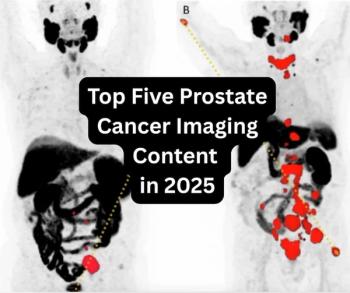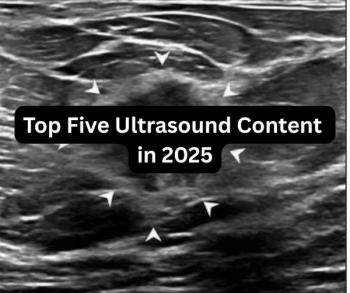
Age, Location, and Insurance Influence Lung Cancer Screening Adherence
Results show screening adherence is low among patients who could benefit most from scans.
Recent research has shed light on the low utilization rate for low-dose CT lung cancer screening, but there’s been little investigation into what might drive adherence to annual screening and what might keep people away.
In a new study published in
Related Content:
“Quantifying population-based adherence rates and understanding factors associated with annual adherence is a critical first step in improving screening adherence and ultimately reducing lung cancer death,” said the team led by Stephen P. Malkoski, M.D., Ph.D., associate clinical professor of medicine, pulmonary sciences, and critical care.
Even though current data shows that survival rates for lung cancer detected at earlier stages is 55 percent, reports of real-world screening compliance outside of clinical trials show between 37 percent and 66 percent adherence, the team said. This is the first study to examine insurance claims data to identify factors that influence adherence rates.
For retrospective their study, Malkoski’s team evaluated 9,056 claims records from the Colorado All Payer Claims Dataset of people who had undergone screening with low-dose CT. Of the group 3,072 were adherent patients, 3,570 were non-adherent patients, and 2,414 patients couldn’t be classified. The team defined adherence as a second screening claim filed within 10 months-to-18 months of the initial claim.
Overall, when using the 18-month definition, they found 46-percent adherence. It increased to 53 percent if any second claim timeframe was considered adherence. Of the patients who came in for a second screening, 50 percent continued their adherence.
More specifically, the team determined that patients between ages 55 and 64, as well as those between ages 75 and 79 had a 20-percent adherence reduction.
Related Content:
“Reduced adherence among older individuals is likely explained by multiple recommendations to stop [lung cancer screening] as individuals reach their mid-70s, and an increasing proportion of patients who may have a shorter life expectancy and hence derive less screening benefit,” they said. “Younger individuals are less likely to receive preventive services than individuals over 65 and may have competing time priorities and misperceptions about screening cost.”
If patients lived in rural areas, Malkoski’s team found they had a 44-percent drop in adherence compared to urban residents, despite having higher rates of smoking. In addition, individuals with Medicare fee-for-service and Medicaid had a 45-percent adherence reduction over those with Medicare Advantage.
The team also found that outpatients who had no co-morbidities were slightly more likely to adhere to annual screening.
“That the association between adherence and healthcare utilization was most pronounced in individuals with no co-morbidities may suggest that healthcare utilization alone is associated with higher adherence to preventive services,” they explained.
No association was found between adherence and gender.
These results could be used to pinpoint populations that could benefit from specific interventions designed to increase adherence and maximize the benefit of lung cancer screening efforts. These interventions, which have been successful with breast, colon, cervical, and prostate cancer screening adherence, could include dedicated program coordinators, patient reminders, and mobile screening for rural residents.
For more coverage based on industry expert insights and research, subscribe to the Diagnostic Imaging e-Newsletter
Newsletter
Stay at the forefront of radiology with the Diagnostic Imaging newsletter, delivering the latest news, clinical insights, and imaging advancements for today’s radiologists.




























